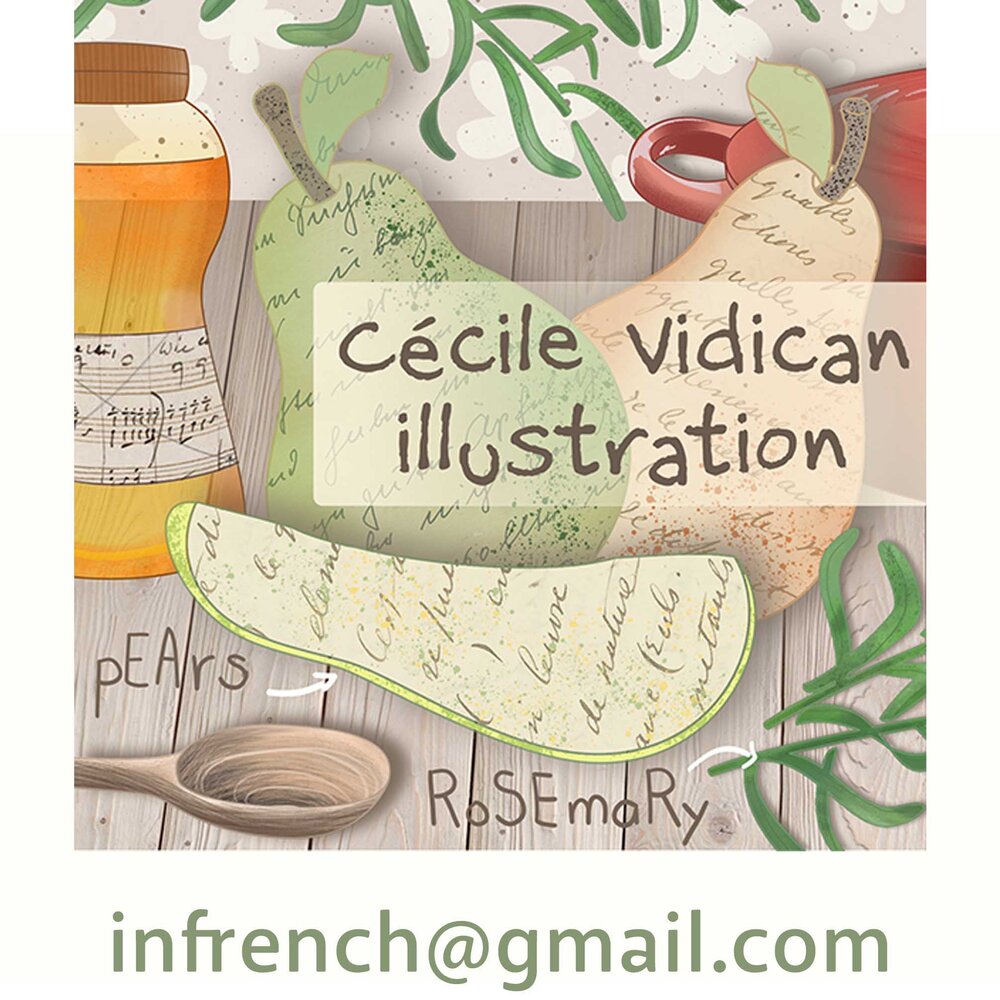Watercolor food illustration: step by step
Last week, I illustrated a plate of tacos. This watercolor food illustration was more ambitious and complex than most I've done this year. It had more ingredients and textures than my usual drawings, and I added a background (the plate) and shadows which I don't usually include when I paint individual ingredients. And this time, I remembered to take lots of pictures along the way so I could show each step of the illustration process!
Before I started, I looked for reference pictures of the various ingredients, which I then collaged together (in my mind) to use as a reference. I decided to paint a top view for a change, since I almost always use an eye-level side view.
The most challenging part was probably the meat, since it's both matte and shiny from the sauce, and also reds and browns can be tricky. I expected the burnt part of the taco shells to be challenging too, but it was easier than I thought.
This illustration was done on 9" x 12" Canson Arches cold-pressed watercolor paper, with Winsor and Newton professional watercolors. The paper has a lot of texture, which makes it difficult to draw on with a fine liner, but it work beautifully with the watercolor. I've been opting more and more often for cold-pressed rather than my usual hot-pressed. I think the sizing (gelatin / starch) is heavier in the hot-pressed version, which (to me) makes it less forgiving.
I make tortillas at home from scratch, using this cheap but durable little press (below left):
Store-bought tortillas are not even comparable to the homemade kind. You can make the dough very quickly with any kind of Masa--an instant flour made of ground corn that has previously been soaked in lime water to make it more digestible (regular corn flour will not work). You mix it with water, roll it into balls which you flatten in the press between two sheets of plastic, and then cook them on a very hot cast iron griddle. This takes about a minute or two each, and there is no need for oil. Traditionally, Mexicans hand-shape their tortillas from freshly ground corn dough, and use a Comal (a flat or concave pan) made of cast iron or clay to cook the tortillas over a fire.















